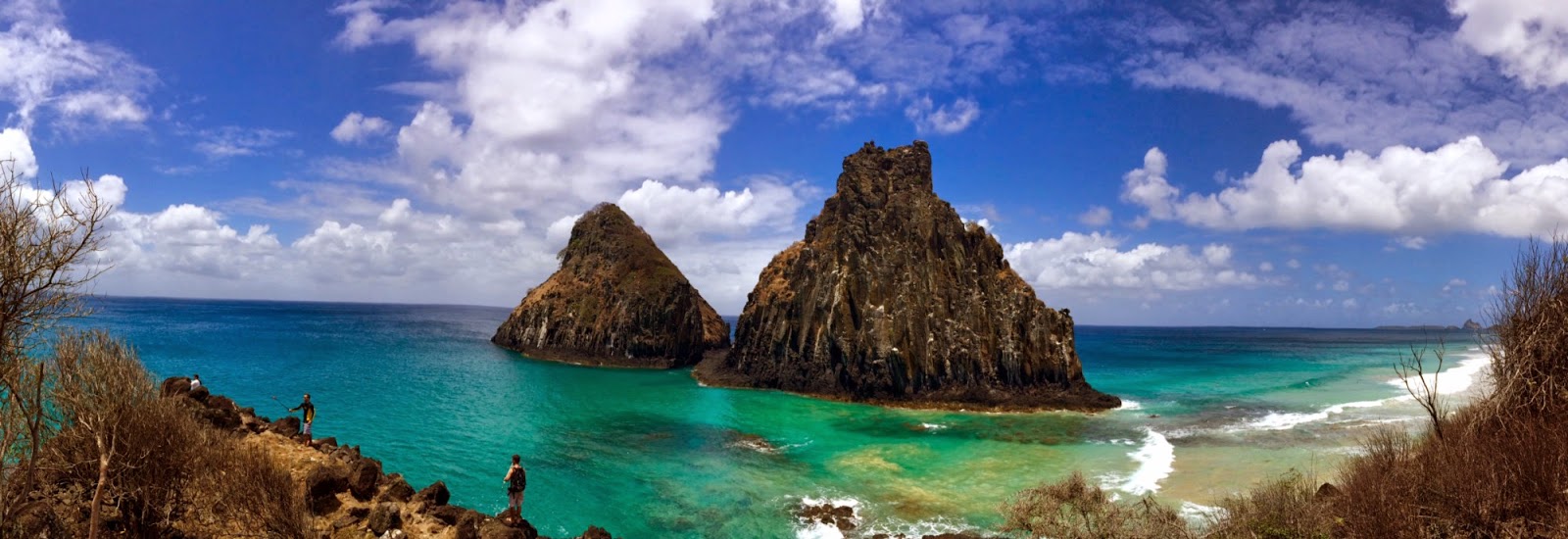Brazilian style pizza is extremely different from American pizza in many ways. The entire experience of pizza is something unique in Brazil. Pizza is traditionally eaten with a fork and a knife, which is unfamiliar to Americans. Americans usually use their hands unless they are attempting to eat a particularly large slice of pizza or the pizza is extremely messy. The pizzas are also not pre-cut by pizzerias and the pizza eater is meant to do that themselves. Occasionally, some pizzerias will provide small plastic pizza rollers, but often it has to be cut by a traditional kitchen knife.
The crust on Brazilian pizzas are typically very thin. Thicker crusts are sometimes offered, but they are rarely ordered that way, unless it is by tourists from Europe or America. The sauce on the pizza is also very thin. It is not common to be able to see the sauce underneath the cheese, which happens often with American style pizzas.
The toppings on Brazilian pizzas are very different from what an American is used to. Though we do occasionally top pizzas with traditional toppings such as olives, ham, bacon, oregano and tomatoes, we prefer to add more unique toppings as well. Some of the non-traditional toppings that Brazilians enjoy include: corn, quail, curried chicken, beets, eggs, raisins, bananas, hearts of palm and potatoes.
Pizzas in Brazil are also often topped with catupiry cheese. Catupiry cheese is a soft tangy cheese that has a similar consistency to cream cheese, but has a less sweet flavor. This cheese was invented by an Italian immigrant named Mario Silvestrini and has become a very popular Brazilian staple food. This cheese is also known to be spread on crackers and french bread, shrimp and salmon. Catupiry cheese is also often paired with sweets as a dessert.

SOURCE: Estancia Churrascaria



















































